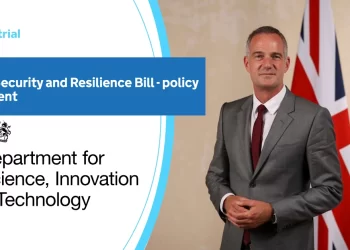You don’t need to be a scientist to understand the impacts of factory farming: if you’ve been near a North Carolina hog waste lagoon or driven past the enormous cattle feedlot in Coalinga, CA, the smell travels for miles.
In exchange for affordability and convenience, consumers, regulators and meat producers have learned to live with the many downsides of raising animals for food at scale: Greenhouse gases, water pollution, unsafe working conditions, and inhumane practices, just for starters.
But a United Nations report estimates that we’ll need to double global food production by 2050 to meet the needs of 10 billion people.
Rising demand for meat is driven in part by the rise of a global middle class. It turns out that the people who have the most buying power are also fans of cheeseburgers, and with consumption and population growth steadily increasing, one might even say meat is eating the world.
Full TechCrunch+ articles are only available to members
Use discount code TCPLUSROUNDUP to save 20% off a one- or two-year subscription









































